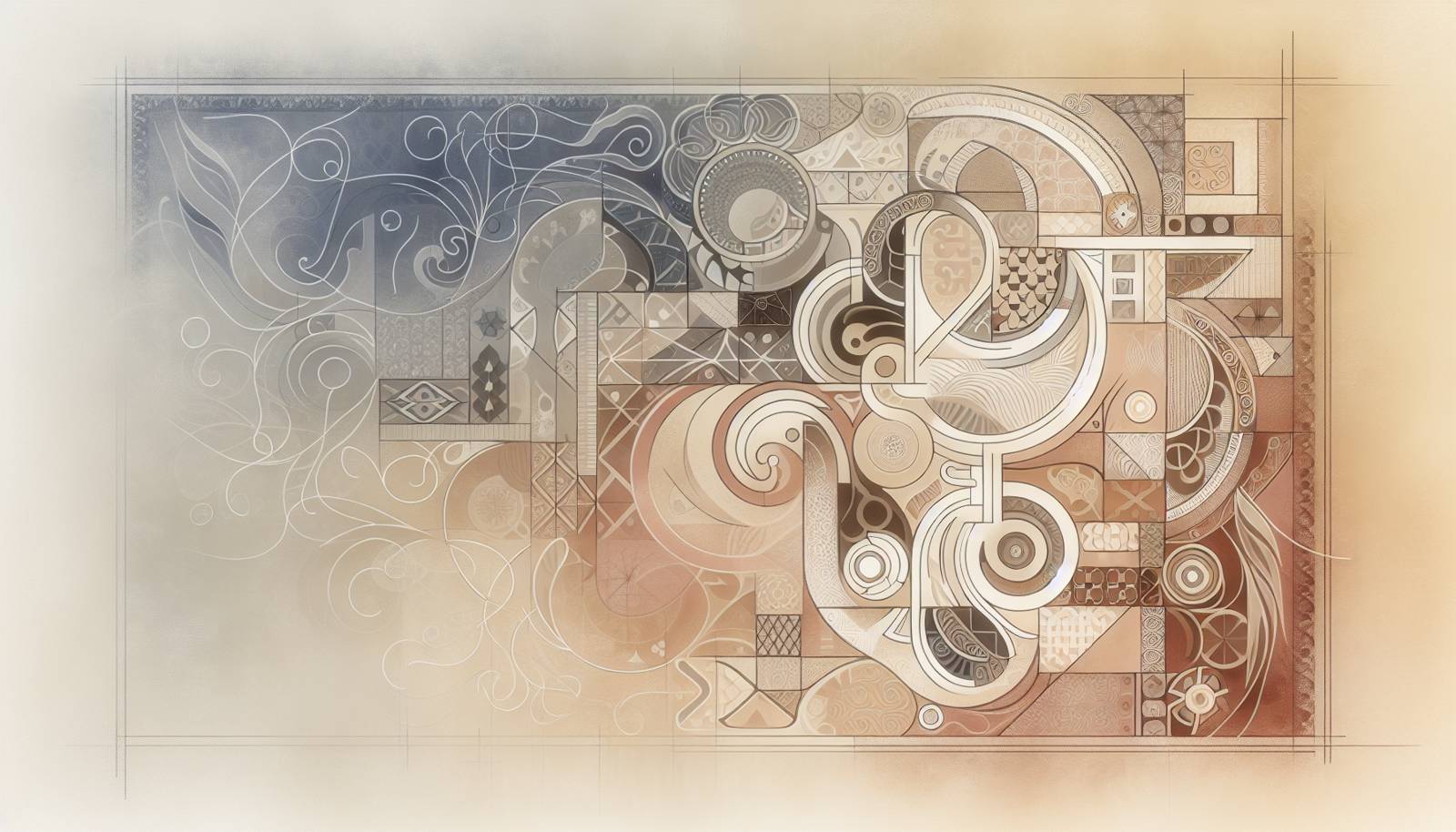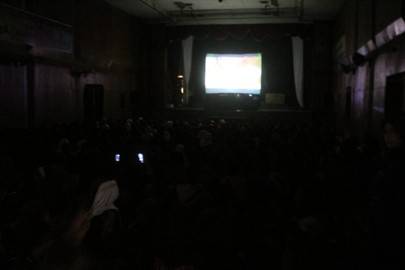
FAQ About The Impact of Cultural Retrospectives on Popular Media

What is a cultural retrospective?
A cultural retrospective involves looking back on cultural phenomena from the past and examining their influence and impact on current times. It typically involves analyzing trends, styles, and cultural practices from a previous era, such as the '80s or '90s, to understand how they shape today's media and societal norms.

How do cultural retrospectives impact modern media?
Cultural retrospectives impact modern media by reviving past artistic styles, themes, and cultural symbols. This can manifest in various forms such as fashion revivals, music sampling, or film remakes. By drawing on nostalgic elements from past decades, creators can evoke emotional connections, attract audiences, and reframe old ideas for new contexts.

Why is '80s nostalgia so prevalent in today's media?
'80s nostalgia is prevalent in today's media due to the distinctive and iconic cultural elements of that era, such as vibrant fashion, synthesizer music, and pioneering films and television shows. Many people who grew up during the '80s now hold influential positions in the media and entertainment industries, allowing them to incorporate elements from their formative years into new projects.

Can cultural retrospectives lead to creative stagnation?
There is a concern that cultural retrospectives might lead to creative stagnation if relied upon too heavily. When media focuses extensively on reviving past trends instead of fostering original ideas, it can limit innovative creativity. However, many creators use retrospectives as a springboard for new interpretations and hybrid ideas, blending the old with the new.

What are some examples of popular media influenced by cultural retrospectives?
Examples of popular media influenced by cultural retrospectives include the TV series Stranger Things, which draws heavily from '80s culture, and the resurgence of vinyl records, which reflect a nostalgia for past listening experiences. Films like Ready Player One also incorporate numerous cultural references from previous decades.

How do cultural retrospectives affect fashion trends?
Cultural retrospectives significantly impact fashion trends by reviving past styles and aesthetics. Designers often look to previous decades for inspiration, leading to the resurgence of trends like '90s grunge, '70s bohemian styles, or '80s power dressing. This cyclical nature of fashion ensures that nostalgic elements regularly resurface in contemporary styles.

Are there cultural retrospectives for every decade?
Yes, there are cultural retrospectives for every decade. Different eras offer unique trends, styles, and cultural phenomena worth re-examining. While some decades might have more prominent retrospectives due to their cultural or technological landmarks, nearly every period in recent history provides material for nostalgic exploration.

What role does technology play in cultural retrospectives?
Technology plays a significant role in cultural retrospectives by enabling the re-creation and modification of past media forms. Digital platforms allow for the streaming of old television shows, movies, and music, while technological advances in production enable more accurate and creative reinterpretations of past aesthetics.

How do cultural retrospectives influence the music industry?
The music industry is heavily influenced by cultural retrospectives, as artists frequently sample or cover hits from past decades. This not only brings older songs into modern playlists but also introduces new audiences to retro sounds. Music videos and performances often feature nostalgic visual styles that resonate with fans of all ages.

Can cultural retrospectives be seen as a form of cultural appropriation?
Cultural retrospectives can sometimes walk a fine line with cultural appropriation, especially when elements from a specific group's cultural past are used without acknowledgment or context. It's important that retrospectives respect the origins and significance of cultural elements and incorporate them thoughtfully and respectfully.

Do cultural retrospectives differ across global media landscapes?
Yes, cultural retrospectives can differ significantly across global media landscapes. While Western media might focus on retrospectives from decades like the '80s and '90s, other regions may revisit different eras or cultural phenomena unique to their history. This results in diverse expressions of nostalgia and media influenced by various cultural reflections.

What psychological factors drive the popularity of cultural retrospectives?
Psychological factors such as nostalgia and longing for the perceived simplicity of the past drive the popularity of cultural retrospectives. They provide comfort and relatability, allowing individuals to connect with a familiar time, often seen as more stable or secure. This emotional connection encourages audiences to engage with media that revives these elements.

How do cultural retrospectives contribute to the economy?
Cultural retrospectives contribute to the economy by creating demand for retro products, media reboots, and nostalgic experiences. This can lead to increased sales in sectors like fashion, entertainment, and collectibles. Additionally, nostalgia-driven marketing strategies can enhance brand engagement and consumer loyalty.

What challenges do creators face when working with cultural retrospectives?
Creators face several challenges when working with cultural retrospectives, including balancing authenticity with innovation. They need to retain the original essence while presenting it in a way that resonates with contemporary audiences. Moreover, there's the risk of over-reliance on nostalgia, which may limit original storytelling.

How can educators use cultural retrospectives in academic settings?
Educators can use cultural retrospectives to enhance learning by integrating historic cultural elements into curriculums to explore how these elements shaped contemporary society. This approach can make learning more relatable and engaging by connecting cultural studies with students' living realities.

Do cultural retrospectives have a lasting impact on future generations?
Cultural retrospectives can have a lasting impact on future generations by shaping their cultural identities and influencing their creative expressions. As these generations encounter media that draws on past cultures, they're often inspired to explore and reinterpret those ideas, perpetuating the cycle of cultural reflection and growth.

How do cultural retrospectives affect literature?
In literature, cultural retrospectives often surface through themes, narrative styles, and settings that draw inspiration from previous decades. Authors may revisit genres or storytelling methods popular in certain eras, creating a hybrid of classic and contemporary writing that appeals both to nostalgic readers and new audiences.

What is the relationship between cultural retrospectives and social change?
Cultural retrospectives can highlight social change by reflecting on past societal norms and challenges, thus inspiring current discourse. By examining how cultural attitudes have evolved, retrospectives can foster dialogue about ongoing social issues and promote understanding and progressive change.

How do digital platforms enhance cultural retrospectives in media?
Digital platforms enhance cultural retrospectives by increasing accessibility to past content and facilitating creative reinterpretations. Services like Netflix or Spotify allow users to explore media from past decades easily, while social media platforms enable the sharing and discussion of nostalgic content, fostering a global community of retro enthusiasts.

How do cultural retrospectives intersect with identity politics?
Cultural retrospectives intersect with identity politics by revisiting past cultural narratives that may have excluded or marginalized certain groups. They present an opportunity to re-evaluate and re-frame these narratives through a contemporary lens, promoting diversity and inclusivity in nostalgic media interpretations.
